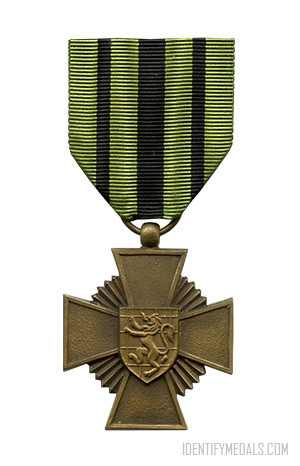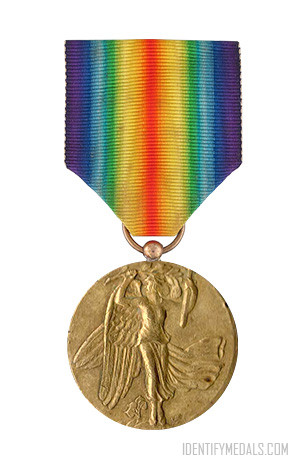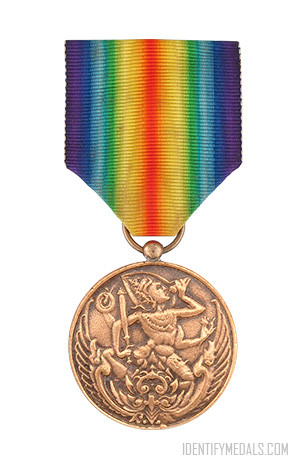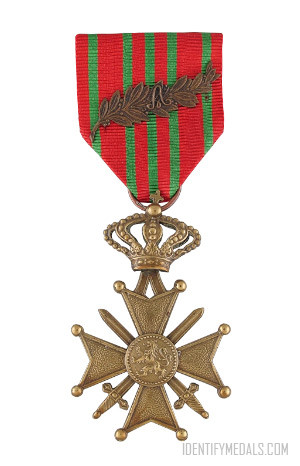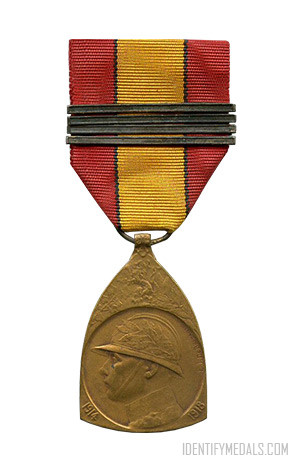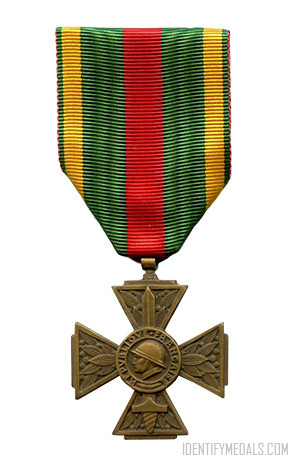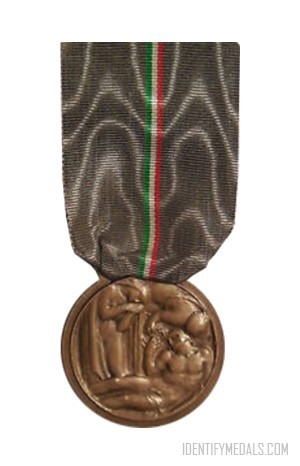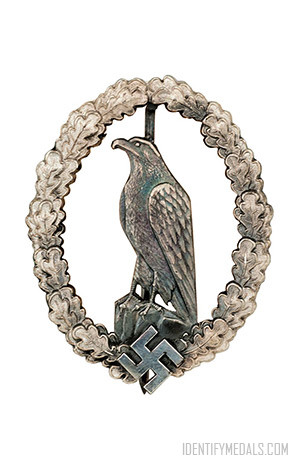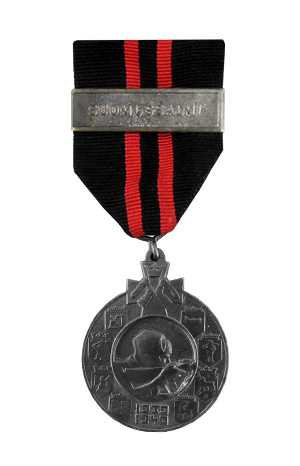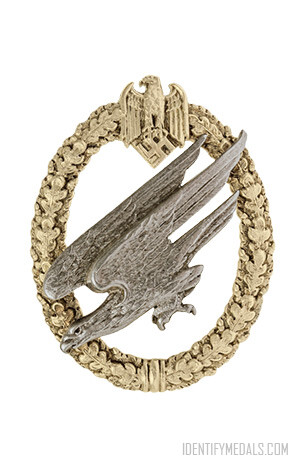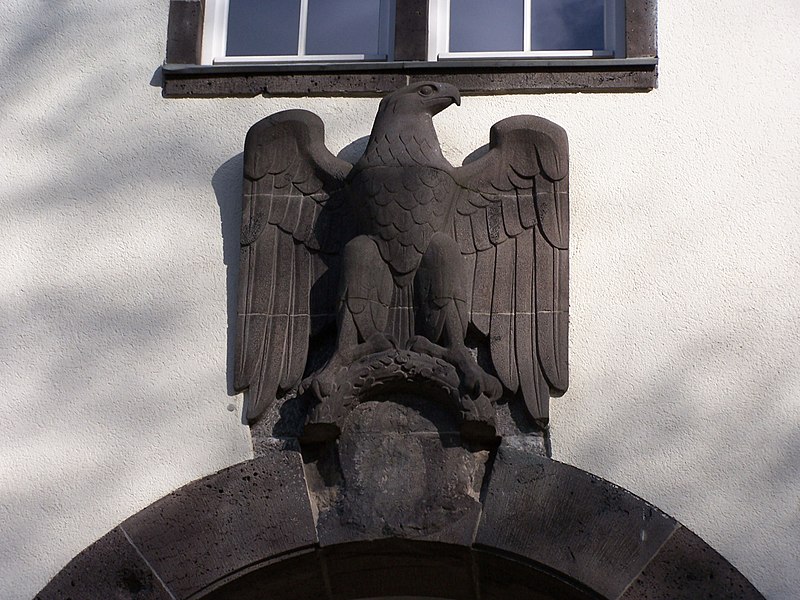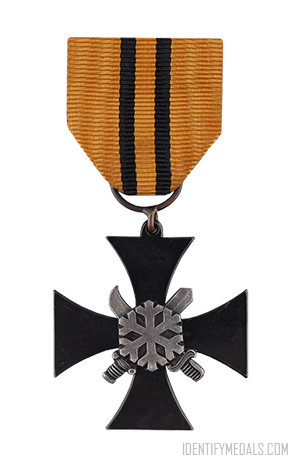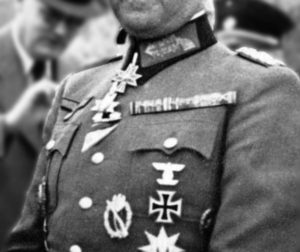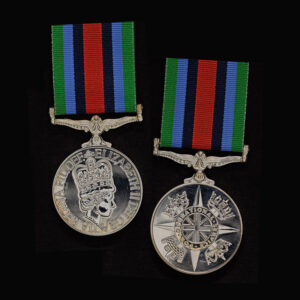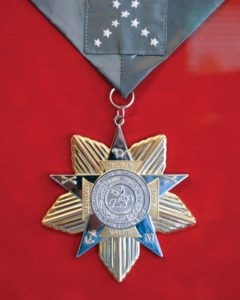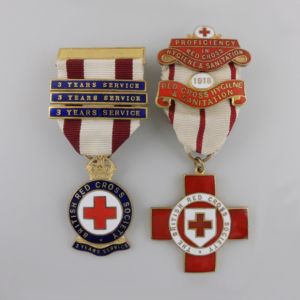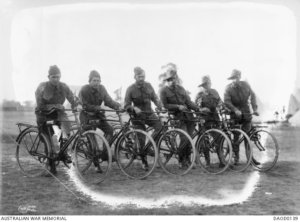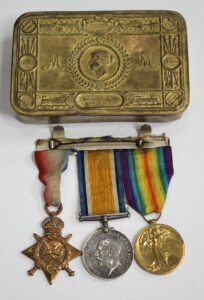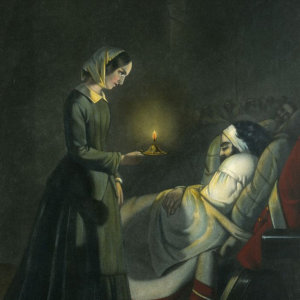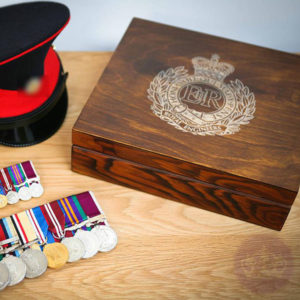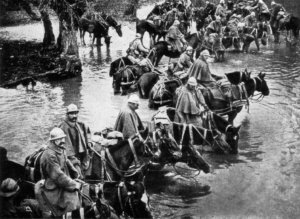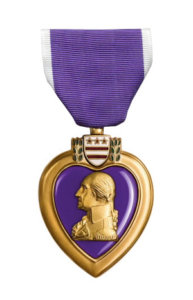- Time Period: Second World War
- Institution: 25 February 1944
- Country: Belgium
The Escapees’ Cross 1940–1945 (Croix des Évadés 1940–1945 / Kruis der Ontsnapten 1940–1945) is a Belgian war service medal established by the Belgian government in exile in London on 25 February 1944.
The medal was awarded to all Belgian citizens who, during the Second World War escaped from occupied Belgium (or from another occupied land or Germany) and that, following it, had proven their patriotism by joining and serving with a resistance group. It was also awarded for being imprisoned for a minimum of three months following an act of patriotism, or for having traveled clandestinely to participate in a Belgian action aimed at promoting the war against the enemy.
The medal’s statute was later amended to include those who had escaped also from non-occupied territories and made their way to the United Kingdom in order to continue fighting the enemy (such as those that left the beaches of Dunkirk, non-occupied France or French North Africa).
The Escapees’ Cross 1940-1945 Design
The medal is a cross pattée measuring 39mm wide, with four 7mm long rays radiating outwards between its arms.
The obverse bears a 14mm wide by 18mm high shield bearing a lion rampant superimposed over prison bars. The medal is a single face, and the reverse is bare.
The ribbon is 37mm wide green silk moiré, with a longitudinal 6mm wide central black stripe and narrow 3mm black stripes 6mm from the ribbon edges. The award was suspended by a ring through a suspension loop.

